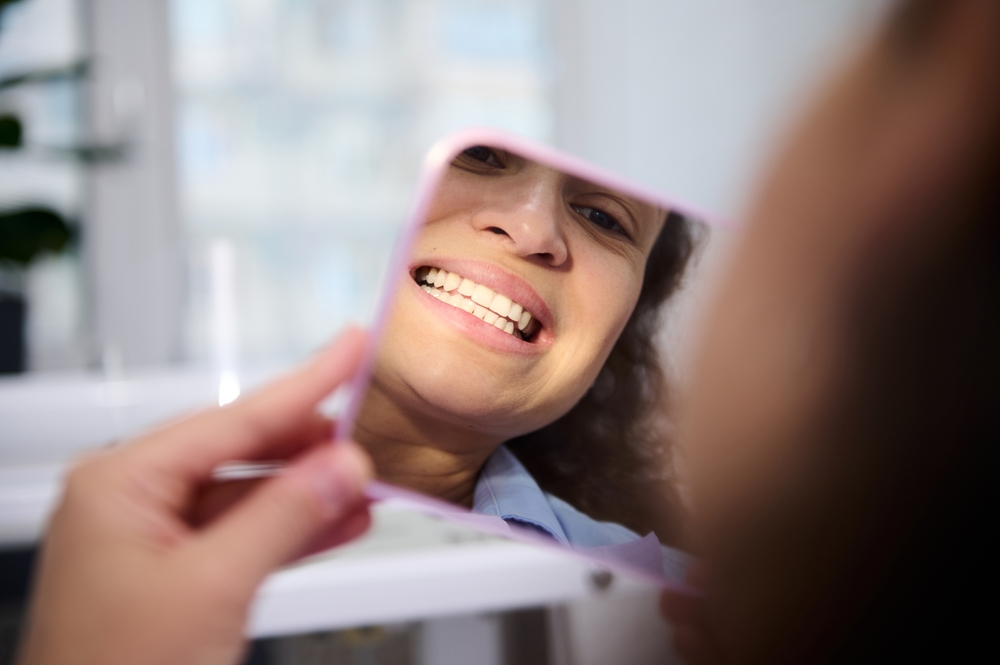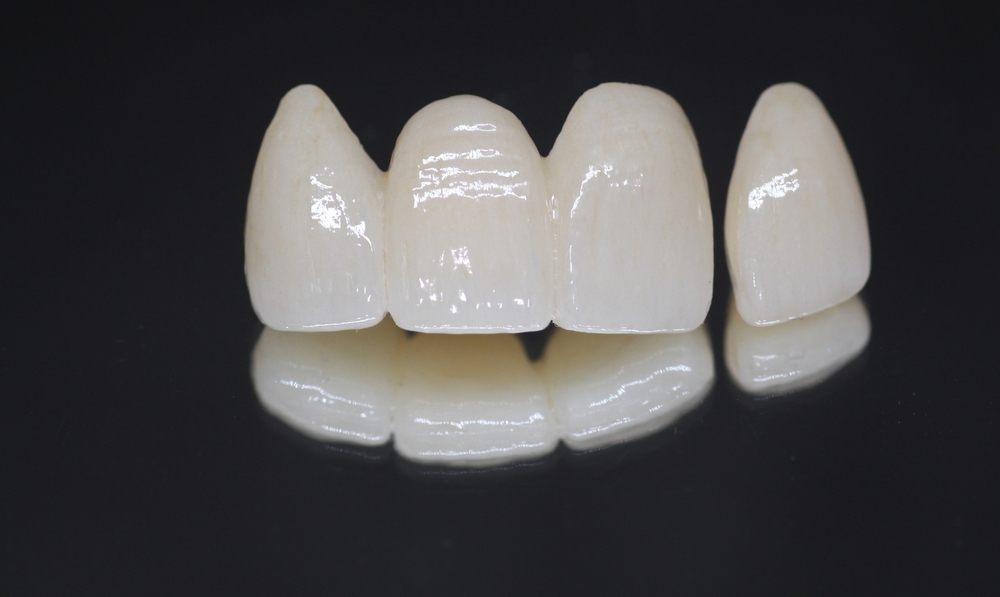In restorative dentistry, achieving proper occlusion is one of the most critical, yet often overlooked, elements of long-term success. Occlusion refers to how the upper and lower teeth come together when biting or chewing, and even minor imbalances can lead to discomfort, wear, or restoration failure. For dental laboratories, understanding and replicating natural occlusal relationships is essential for creating restorations that not only look beautiful but also function harmoniously. By focusing on precision, communication, and advanced digital tools, dental labs play a vital role in ensuring that every restoration fits seamlessly into the patient’s bite, promoting comfort, stability, and durability.
In This Blog:
- What Is Dental Occlusion?
- The Impact of Occlusion on Restorative Success
- The Dental Lab’s Role in Achieving Proper Occlusion
- Advanced Tools and Technologies for Occlusal Precision
- Occlusion in Different Types of Restorations
- The Consequences of Ignoring Occlusion
- Best Practices for Labs and Dentists
What Is Dental Occlusion?
Dental occlusion refers to the way the upper and lower teeth fit together when a person bites, chews, or speaks. A balanced occlusion ensures that the forces of biting and grinding are distributed evenly across all teeth, minimizing strain on individual restorations and the temporomandibular joint (TMJ).
There are two main types of occlusion to consider:
- Static occlusion: how the teeth come together when the jaw is closed and still.
- Dynamic occlusion: how the teeth interact during movement, such as chewing or speaking.
Understanding these nuances is essential when designing restorations like crowns, bridges, veneers, or implant-supported prosthetics. Each restoration must integrate naturally into the patient’s bite, maintaining proper contact points and alignment to ensure comfort and longevity.
The Impact of Occlusion on Restorative Success
An accurate occlusal design is key to the function, durability, and comfort of any restoration. Even the most beautiful restoration can fail prematurely if the occlusion is off by a fraction of a millimeter. Poor occlusion can lead to:
- Premature contacts or “high spots,” causing soreness or difficulty closing the mouth properly.
- Chipped or fractured restorations from uneven bite forces.
- Excessive wear on both the restoration and opposing natural teeth.
- TMJ discomfort and muscle tension, leading to headaches and jaw pain.
When occlusion is properly balanced, restorations feel natural and function effortlessly. The patient experiences improved chewing efficiency, reduced risk of complications, and overall better oral health. For both the dentist and the dental lab, a properly adjusted occlusion means fewer remakes, less chairside adjustment time, and greater patient satisfaction.
The Dental Lab’s Role in Achieving Proper Occlusion
At Pan-Am Dental Lab, occlusal precision is built into every step of the restoration process. Achieving proper occlusion begins with effective communication between the dental office and the lab. Accurate bite registrations, impressions (digital or traditional), and detailed case notes allow technicians to design restorations that replicate the patient’s natural bite relationships.
Our technicians use articulators and digital bite simulation software to evaluate occlusal dynamics before the restoration is even fabricated. Whether creating a single crown or a full-arch prosthesis, we carefully assess occlusal contacts and guidance to ensure even force distribution. During the try-in stage, our team works with dentists to fine-tune the occlusion for optimal comfort and stability.
By combining technical expertise with advanced digital tools, Pan-Am Dental Lab ensures that every restoration not only looks lifelike but also performs with precision in order to restore function, confidence, and long-term success for every patient.
Advanced Tools and Technologies for Occlusal Precision
Modern restorative dentistry relies heavily on technology to achieve highly accurate occlusal results. At Pan-Am Dental Lab, digital workflows allow our technicians to visualize and simulate occlusal relationships before restorations ever reach the patient’s mouth. Key innovations that enhance occlusal precision include:
- CAD/CAM design systems: Digital design software ensures precise occlusal anatomy and contact points, allowing for predictable adjustments and minimal chairside corrections.
- Digital articulation and jaw tracking: These tools simulate mandibular movement, helping technicians design restorations that perform naturally during chewing and speaking.
- Intraoral scans and digital impressions: Scanning technology eliminates distortion and ensures a perfect digital record of the patient’s bite.
- 3D printing and milling: High-resolution manufacturing processes ensure consistent occlusal accuracy, even in complex multi-unit cases.
By integrating digital workflows with traditional craftsmanship, Pan-Am Dental Lab combines efficiency, accuracy, and artistry to ensure restorations that fit and function flawlessly.
Occlusion in Different Types of Restorations
Every type of restoration presents unique occlusal challenges. Understanding how bite forces interact with various materials and prosthetic designs helps ensure lasting success.
- Single-unit crowns: Proper occlusal adjustment is critical to prevent high spots and ensure smooth integration with surrounding dentition.
- Bridges and full-arch cases: Even force distribution across all units helps prevent fractures, mobility, or bone resorption under excessive load.
- Implant restorations: Implants lack the natural shock absorption of periodontal ligaments, making balanced occlusion essential to avoid overloading and potential implant failure.
- Veneers: Thin restorations must be carefully adjusted to maintain esthetics while ensuring proper occlusal guidance.
- Nightguards and splints: These appliances protect teeth and restorations from grinding (bruxism) and help preserve occlusal harmony over time.
At Pan-Am Dental Lab, our team considers these factors carefully for each case to balance aesthetics, strength, and function that delivers optimal outcomes for patients.
The Consequences of Ignoring Occlusion
Neglecting occlusal balance can have serious repercussions. Restorations that are even slightly off can cause:
- Fractured porcelain or chipped zirconia.
- Uneven tooth wear and enamel erosion.
- Chronic jaw pain or headaches due to TMJ strain.
- Patient dissatisfaction due to discomfort or poor function.
For dentists, these issues often mean time-consuming chairside adjustments or complete remakes, which are costly for both the practice and the patient. By prioritizing occlusal analysis and collaboration with the dental lab from the start, these complications can be avoided altogether.
Best Practices for Labs and Dentists
Achieving ideal occlusion is a shared responsibility between the dentist and the lab. A strong partnership ensures both clinical precision and patient satisfaction. Best practices include:
- Providing accurate bite registrations and articulated models or scans.
- Sharing detailed information about the patient’s occlusal scheme, existing restorations, and parafunctional habits (like grinding or clenching).
- Using digital workflows for consistent data transfer and reduced human error.
- Communicating clearly about adjustments made chairside, so the lab can incorporate them into future cases.
At Pan-Am Dental Lab, we view every case as a collaboration. By maintaining open communication, we help dentists deliver restorations that meet the highest standards of function and comfort.
Conclusion
Occlusion is far more than a technical detail, it’s the foundation of restorative success. A well-balanced occlusion ensures comfort, functionality, and the longevity of dental restorations. For dental labs, achieving this balance requires precision, communication, and an unwavering commitment to quality. By combining traditional expertise with advanced digital tools, Pan-Am Dental Lab ensures every restoration performs as beautifully as it looks.
At Pan-Am Dental Lab, we understand that every restoration depends on accurate occlusion and expert craftsmanship. Our team uses the latest digital technologies and time-tested techniques to create restorations that deliver ideal fit, function, and aesthetics. Contact our team to learn more about our digital workflow solutions and how we can help you deliver restorations that exceed expectations every time.




